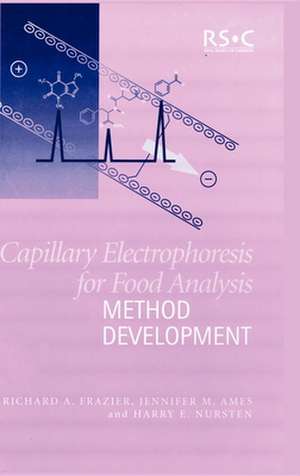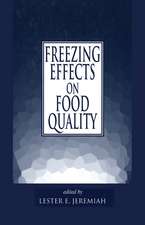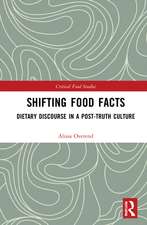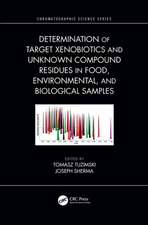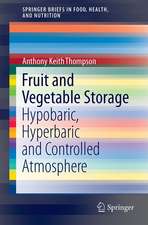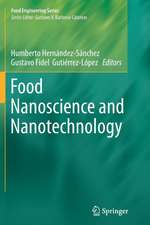Capillary Electrophoresis for Food Analysis: Method Development Monograph
Autor J. M. Nursten, H. E. Nursten, Richard A. Frazieren Limba Engleză Hardback – 30 sep 2000
Since its inception in the early 1980s, capillary electrophoresis (CE) offers a great deal of flexibility as a modern analytical technique, and has found applications within many fields of analysis, particularly pharmaceutical science and biochemistry. Until now, food analysts have had difficulties in adopting the technique due to the lack of written guidance. Capillary Electrophoresis for Food Analysis: Method Development provides basic information and the support needed to enable food analysts to utilise the technique for the development of new separation methods. Designed specifically for the needs of food analysts, the book takes the reader step by step through the process of developing and troubleshooting CE methods. Worked examples are included to make it ideal as a laboratory companion as well as a library reference source.
Preț: 605.18 lei
Preț vechi: 679.98 lei
-11% Nou
Puncte Express: 908
Preț estimativ în valută:
115.81€ • 120.23$ • 96.57£
115.81€ • 120.23$ • 96.57£
Carte tipărită la comandă
Livrare economică 22 martie-05 aprilie
Preluare comenzi: 021 569.72.76
Specificații
ISBN-13: 9780854044924
ISBN-10: 0854044922
Pagini: 142
Dimensiuni: 156 x 234 x 10 mm
Greutate: 0.38 kg
Ediția:2000
Editura: Royal Society Of Chemistry
Locul publicării:United Kingdom
ISBN-10: 0854044922
Pagini: 142
Dimensiuni: 156 x 234 x 10 mm
Greutate: 0.38 kg
Ediția:2000
Editura: Royal Society Of Chemistry
Locul publicării:United Kingdom
Cuprins
Background Theory and Principles of Capillary Electrophoresis; Modes of Separation; Experimental Variables in Capillary Electrophoresis; Method Development for Capillary Electrophoresis; Method Development: Capillary Zone Electrophoresis; Method Development: Micellar Electrokinetic Chromatography; Method Validation and Transfer; CE Troubleshooting; CE Applications for Food Analysis; Appendices; Bibliography; Index.
Descriere
Designed specifically for the needs of food analysts, the book takes the reader step by step through the process of developing and troubleshooting CE methods.
